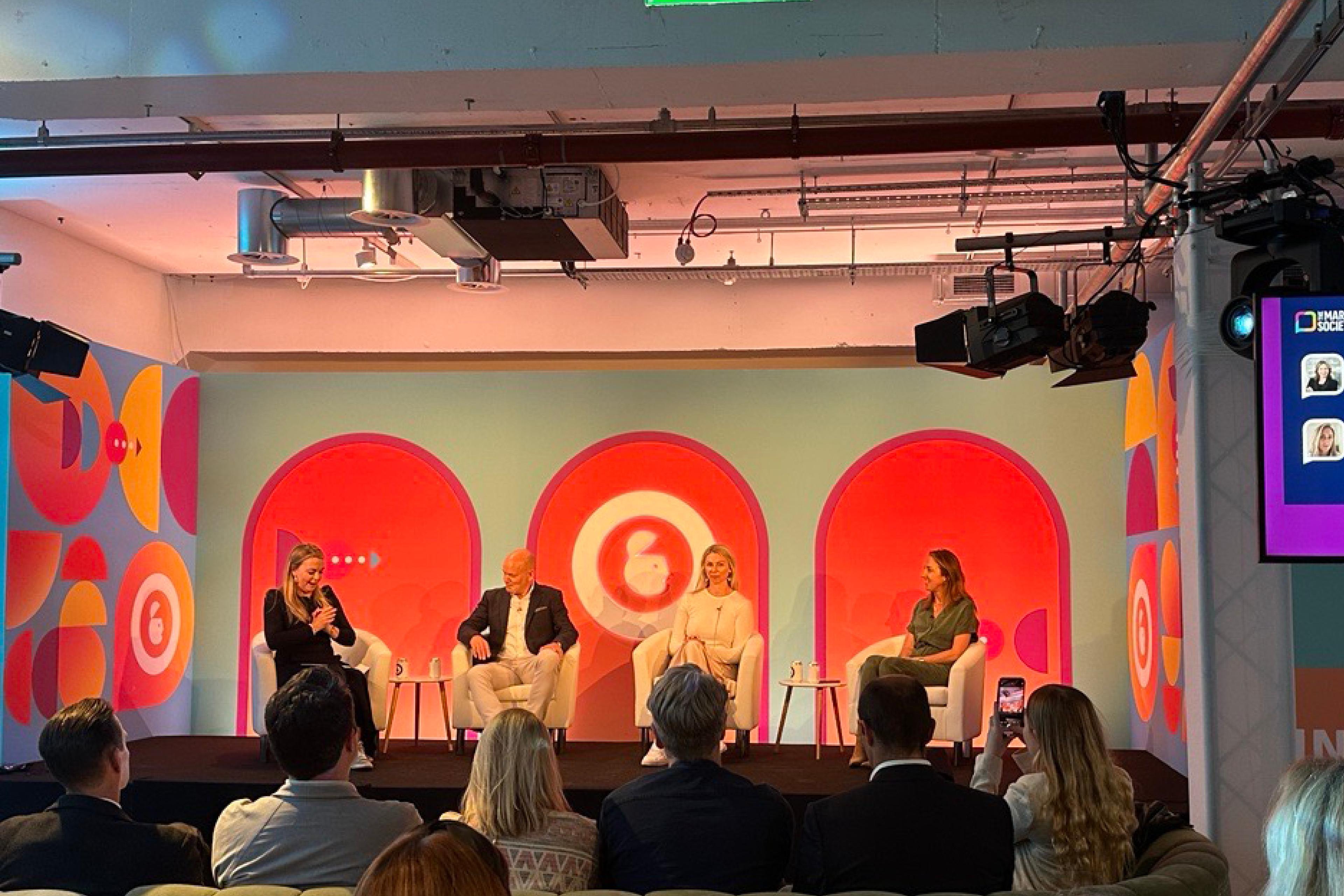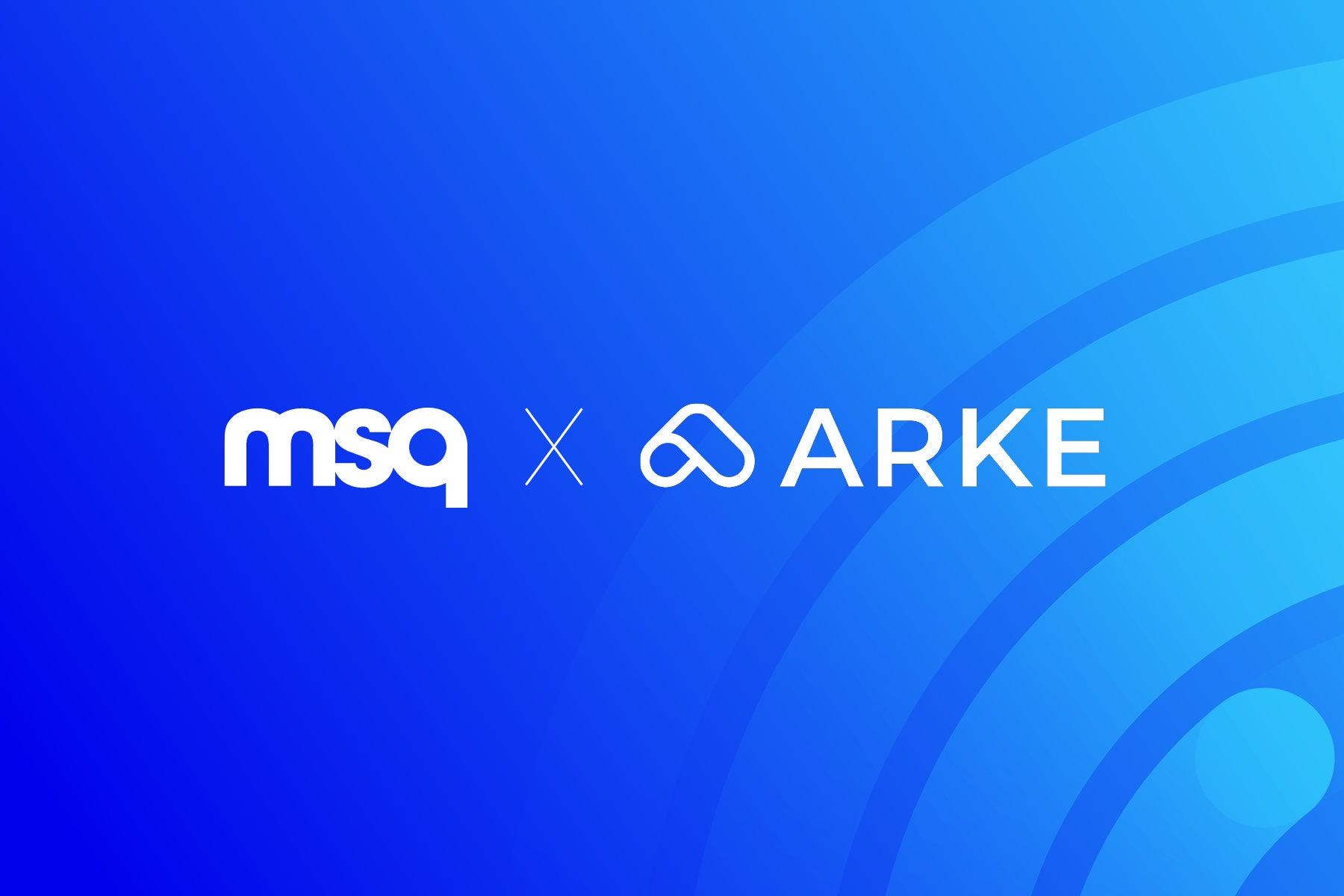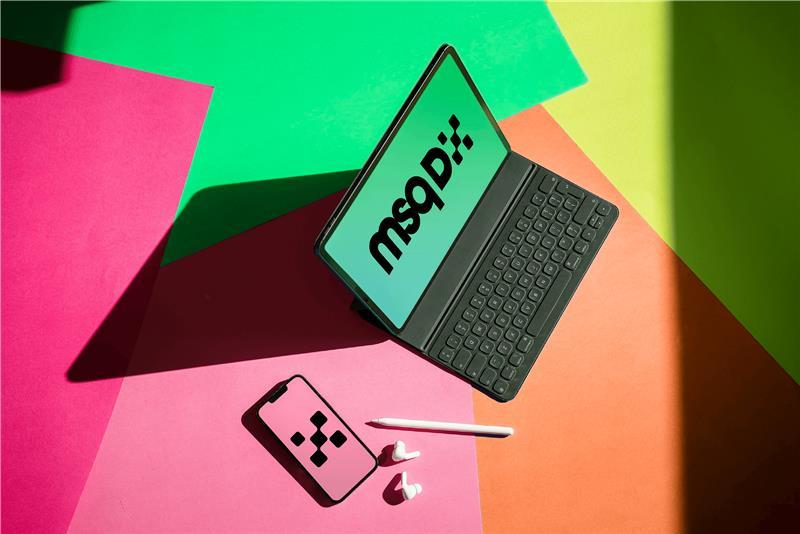 Home Page
Home PageBreaking Through the Sea of Sameness: The Connected CMO

The Sea of Sameness is one every marketer has had to wade through at some point, and the key to standing out isn’t just keeping afloat, but sailing well-ahead of your competitors through greater connectivity. MSQ’s Executive Director, Bart Michels, The Very Group’s CMO Jessica Myers, and Tesco Mobile’s CCO Rachel Swift sat down with The Marketing Society’s Sophie Devonshire for an insightful look into the value unlocked by connectivity, the role of the connected CMO with agencies and customers, and what brands can do to leverage this.
Establishing why a great CMO is needed is the starting point. It goes without saying that a stronger, better connected marketing strategy can flow across several disciplines within a brand, ultimately creating cohesive ways of working, helping great marketers excel, and allowing space to be more innovative, solving both internal and external problems. Ultimately, it’s about driving business performance.
Jessica Myers explains Very’s ability to deliver on distinctiveness within a particularly competitive sector – online retail. The UK retail market at Christmas is the most competitive globally, and with no high street benefit, multiple categories and offerings, and an abundance of rival brands, everything Very does to attract consumers is through their marketing strategy. Different business models require different processes, but the overarching theme of achieving a coherent strategy can be broken down into The Three Cs:
- Company: understanding what your company does, and how it makes profit.
- Customer: not all customers are equal, so how can you track their movements in business?
- Competition: be aware of your surroundings to establish a clear brand strategy.
Finding those pinpoints that set your business apart, and connecting this with your overall strategy is where the wins will come from. The Very Group understands the company’s strengths as an online-only platform, covering both the retail and financial sectors, is able to track customer movement through their purchasing journey and financial services data, and thrives from a refreshed creative narrative, as shown by their Christmas campaign, whereby The Gate were briefed to “break the sea of sameness”.
Similarly, Tesco Mobile has set itself apart and seen a massive boost over the last three years, boasting 5.5 million customers thanks to a renewed brand strategy, with connectivity at its heart. Leaning into the benefits and brand attributes of Tesco supermarket focuses on the great things that supermarkets do; delivering great value, great quality, and great service.
When we turn to the agency-side, connected communication is at the core of driving impact for clients at scale and understanding what it is the client wants. Bart Michels explains that the two things clients ultimately want to achieve from an agency is to cut through the competition and get an unfair advantage, addressing the challenge of how to deliver joined-up thinking at scale. The multi-disciplinary framework of MSQ puts creativity, tech, media and data on top of a great culture, and finds value for clients ‘in the gaps’, identifying what’s needed thanks to a strong, integrated network between each department. The traditional holdco model and the way groups are built is changing, thanks to more of a multi-modal game than ever, but staying ahead isn’t rocket science – you need to be:
- Really good at what you say you do.
- Deliver real partnership – care as much about your client’s business as they do.
Brands need to “understand how to get the board on board” as Jessica says, and welcome agencies into the process of heightening your business strategy, demonstrating the value of marketing internally, not just externally by having the board come on the journey with you.
Data also plays a massive role in connecting the dots and finding those all-important missing pieces in business models, tracking consumer habits and effectively mapping out where we can see big wins. The most effective way to use data to your advantage is by finding ways to unlock it, take Tesco’s Club Card scheme for example, or Very’s connected network between their online retail and financial offerings. It’s about stewardship of data, as opposed to ownership of data, and everyone in the business should have stewardship of all data to understand their goals.
Some of the CMOs we spoke to in MSQ’s Connecting the Disconnected study recommended putting customer or brand people into tech teams, or hiring tech people into marketing teams, bettering the connection between multiple sectors to keep everyone on the same page. Similarly, marketers need to know how a business makes money, in order to show how every pound you spend is value you create.
Joined-up thinking is only as good as joined-up doing. The best connected CMOs should be leading with creativity, velocity, and determination, asking if what they’re doing is different and better – which is effectively what marketing is. Creating, communicating and delivering different and better, all the time. If it isn’t, why not? Seek the areas you can join-up to make sure the most value is being added to make progress on this, and break the sea of sameness.
To download a copy of Connecting the Disconnected, click here.

Further reading



